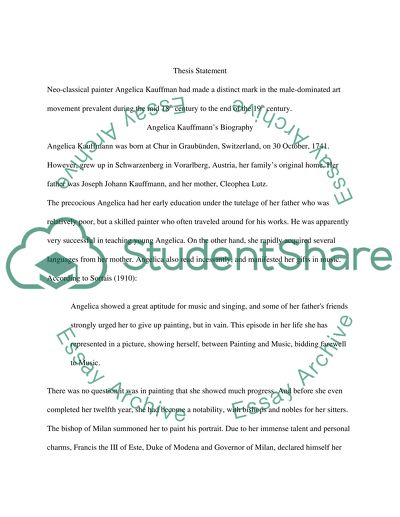Cite this document
(Angelica Kauffmann Biography Assignment Example | Topics and Well Written Essays - 1250 words, n.d.)
Angelica Kauffmann Biography Assignment Example | Topics and Well Written Essays - 1250 words. Retrieved from https://studentshare.org/biographies/1559696-angelica-kauffmann
Angelica Kauffmann Biography Assignment Example | Topics and Well Written Essays - 1250 words. Retrieved from https://studentshare.org/biographies/1559696-angelica-kauffmann
(Angelica Kauffmann Biography Assignment Example | Topics and Well Written Essays - 1250 Words)
Angelica Kauffmann Biography Assignment Example | Topics and Well Written Essays - 1250 Words. https://studentshare.org/biographies/1559696-angelica-kauffmann.
Angelica Kauffmann Biography Assignment Example | Topics and Well Written Essays - 1250 Words. https://studentshare.org/biographies/1559696-angelica-kauffmann.
“Angelica Kauffmann Biography Assignment Example | Topics and Well Written Essays - 1250 Words”. https://studentshare.org/biographies/1559696-angelica-kauffmann.


